The content of the article
Aloe is one of the most popular ornamental plants to date. In total, there are more than three hundred species of this flower in the world. Homeland Aloe - South Africa. Today it is unlikely that you will meet a gardener on whose windowsill a beautiful tree with thick fleshy leaves would not show off. And this is not surprising - aloe is actively used in medicine and cosmetology. Due to its antiseptic properties, aloe can cope with many problems. In addition to all this, this flower perfectly decorates the room, fits into any interior and brings something special, cozy to the image of the house.
How aloe propagates
So, you decide to grow aloe at home. This plant propagates in four main ways.
- Bifurcation of the trunk. Such propagation of a flower usually occurs when it is transplanted. Aloe has a very powerful and sprawling root system. Therefore, once a year, the flower must be transplanted into more spacious pots. When a plant grows for a long time in one pot, its trunk can be bifurcated (tree aloe). When transplanting, two trunks are carefully disconnected and planted in different pots.
- Processes Also, when transplanting, root processes can be found near the roots. They are not as strong and powerful as forked trunks, but are quite suitable for reproduction. Typically, root processes already have their own root systems and can be planted immediately in new soil.
- Cuttings. If the plant from which you want to grow a new aloe does not give root processes and does not bifurcate, it can be propagated using cuttings. For this, the top of the plant or its large leaf is cut off. Aloe can take root in two ways. The first - dip the cut part into the water and after a week you will notice that it is covered with small roots. The second way - you can leave the cut part without water, so that the cut is slightly dry. After this, the process is planted in the ground. Oddly enough, it is well received.
Another way to propagate aloe vera is through seeds. They are rarely used, because even without aloe seeds, it multiplies perfectly, is well accepted on any soil. If you want to grow aloe from seeds, buy them in a florist shop and grow them under an ultraviolet lamp. This is a prerequisite for shoot germination.
How to plant aloe
You have already found the piece of aloe that you want to plant. For the plant you will need a small pot. Do not immediately buy a large-capacity pot - it is better to transplant it once a year.
The bottom of the pot must be lined with drainage. It can be expanded clay pebbles or brick cuttings. The soil is prepared from three components - five parts of garden soil, one part of peat and two parts of sand. The finished mixture for different plants can be bought in specialized stores. In the prepared soil, you need to plant the stalk so that the soil covers the entire root of the aloe.
If you are transplanting a plant from a smaller pot into a larger container, you need to carefully separate the earth with the roots with the knife from the walls of the pot and transplant to a new place. The space between the walls of the new pot and the roots is covered with soil.
How to care for aloe vera
Aloe is a fairly unpretentious plant that grows well even in beginner growers. Aloe blooms at home rarely, but sometimes it happens. Aloe flowers can be yellow, red or orange. They are quite large and unusual.
In order for a flower to grow beautiful, lush and large, you need to follow several rules for its care.
- The location. Aloe grows well in the shade - in winter you do not need to think about artificial lighting. However, he feels best in the sun. Leave the aloe pot on the sunny side of the house to grow well. In the summer months, in hot weather, do not leave the plant in direct sunlight for the whole day. It is better to leave it where the sun will touch it in the morning or evening. In the warm season, aloe can be exposed to fresh air - a balcony or a loggia. This allows the plant to be saturated with oxygen and get a kind of hardening. If you notice that the aloe leaves become lethargic and begin to curl, this means that the plant does not have enough sunlight. Provide a flower for sunbathing and it will come to its senses. And do not leave the plant in the draft - it does not like this.
- Temperature. Aloe does not react strongly to temperature changes. In winter, the thermometer should not fall below 15-10 degrees. In summer, the optimum temperature for the flower is 25 degrees. Since aloe comes from Africa, the flower can withstand very high temperatures - more than 40 degrees.
- Watering. The plant does not like much moisture, so watering aloe is often not worth it. In spring and summer, you need to water the plant more often, 2-3 times a week. But in the winter, when the plant slows down its growth, it is only necessary to water the flower if the soil becomes dry. Excess moisture can lead to rotting of the roots and death of the plant. Watering is carried out with settled water at room temperature. Cold or hot water can not be watered. In summer, when the air becomes dry, aloe needs regular spraying. You can also gently wipe it with a damp cloth to wipe off dust.
- Fertilizer. In order for the flower to grow and bloom well, in the active phases of the year it needs to be fed. To do this, fertilize the flower in spring and summer. In the store for florists, you can buy mineral fertilizers designed for cacti or complex fertilizing suitable for any flowers.
Plant diseases and pests
Like a person, aloe grows poorly and does not develop if something is missing or vice versa, something prevents. Let's try to deal with the main problems that aloe faces.
- If the leaves become lethargic and pale, then you are watering the flower too much. Reduce the amount and intensity of watering and the plant will return to normal.
- If the aloe leaves become reddish and shriveled, then the sun bakes excessively. Do not leave the plant in direct sunlight - leave it in the shade for a while or expose only in the morning or evening, when the sun is not so aggressive.
- Sometimes the edges of aloe vera leaves become yellow or dry. Many people think that this is a lack of moisture. But this is not so. Thus, the plant responds to poor water quality, or rather, to a large amount of bleach in it. Settle water or pass it through a filter to reanimate aloe.
- If aloe does not grow, then the soil is not fertile enough. Very often, a plant ceases to grow and develop if the soil is too clay, not conducting oxygen. Transplant a flower to try to save it.
- If aloe has rotted roots, it means that the plant fell ill with root rot. This is due to excessive watering. Also, the roots begin to rot if the flower is watered with cold water. In this case, the flower should be dug up and carefully to separate the healthy parts of the roots from the decayed. Change the ground completely and plant the healthy part of the plant in new soil. If the root has rotted completely, it remains only to cut the stem, put it in water and hope that it will give new roots.
- Aloe has pests that cause a lot of trouble to the plant. Mealybug is a fairly large insect that can be removed by hand or with tweezers.If you notice such an uninvited guest, treat the leaves with garlic tincture for alcohol or special insecticides. Against a spider mite, spraying the plant with cold water will help.
The benefits of aloe
If you have aloe at home, this means that you have not only a beautiful flower on your windowsill, but also a first-aid kit and even a cosmetic bag. But only an adult plant that is at least three years old can benefit. Consider the most popular methods of using aloe.
- Aloe has a pronounced antibacterial effect, due to which it is used in the treatment of ENT diseases. Aloe juice is successfully instilled into the nose to treat a runny nose, diluted juice is gargled with sore throat, laryngitis and tonsillitis.
- This plant perfectly heals open wounds, draws out pus and disinfects infected areas of the skin.
- Aloe is widely used in cosmetology. Using the juice of its leaves, you can cleanse the skin of acne, blackheads and boils. Aloe has been used successfully in the fight against dandruff and seborrhea.
- This plant can provide anti-burn therapy as a first aid. In case of a burn, attach a cut along the sheet to the affected area of the skin so that the cut area covers the wound. This will partially relieve you of pain and accelerate wound healing.
- Aloe has been used successfully in the treatment of eye diseases. Purified and diluted aloe juice is instilled into the eyes with conjunctivitis, blepharitis, keratitis and clouding of the lens.
- Decoction of the plant is drunk with various diseases of the digestive tract. If you drink it on an empty stomach, the plant promotes the healing of ulcers, soothes the inflamed mucous membrane of the stomach with gastritis, and improves bowel function.
Aloe is a healthy plant in every way. It does not require special care and any separate conditions for life. A few simple rules will help you grow a beautiful decorative flower on the window that will delight you in summer and winter.
Video: how to plant aloe

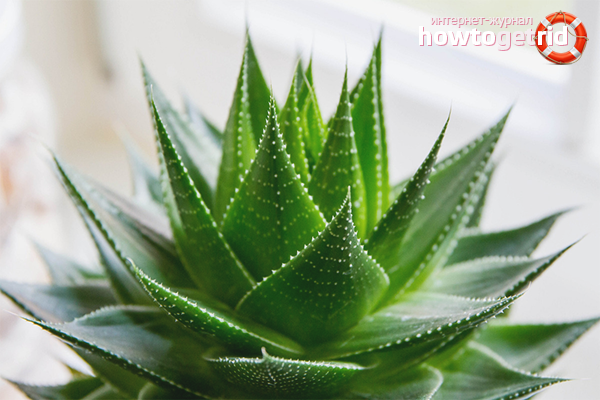
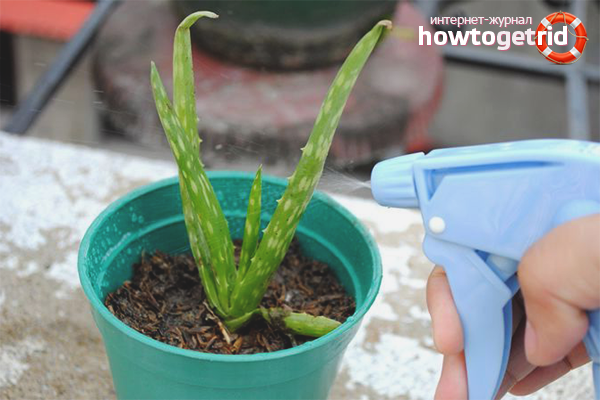
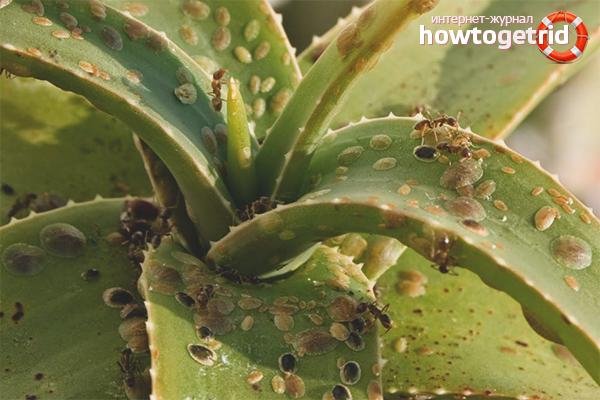

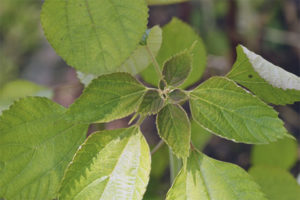


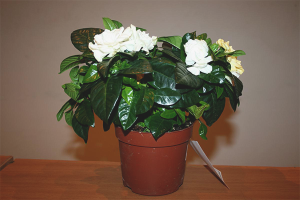
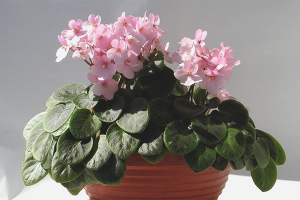



Submit